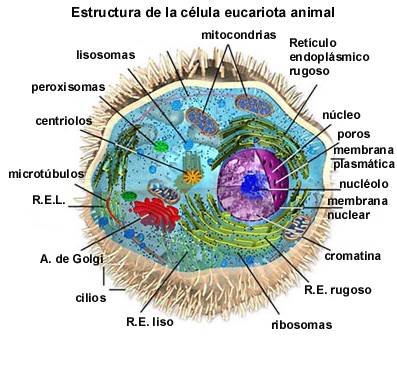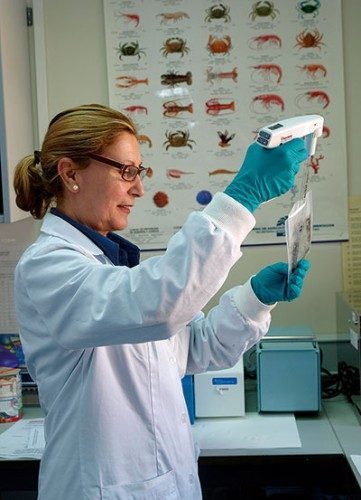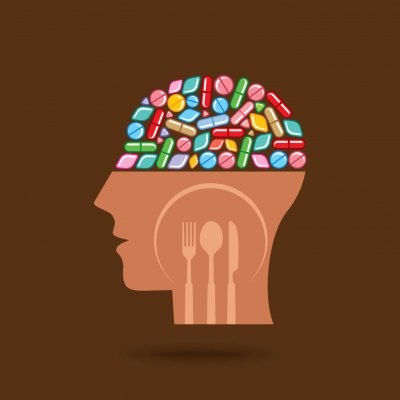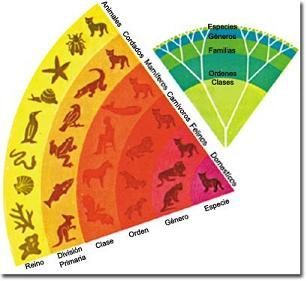 The cell is the structural and functional unit of living beings, although it has a constant structure, it has particular variations in each species.
The cell is the structural and functional unit of living beings, although it has a constant structure, it has particular variations in each species.
Living beings in the animal kingdom can be made up of a single cell, as in the case of unicellular microorganisms such as Protozoa, which include species such as Entamoeba histolitica commonly known as amoeba and Giardia lamblia. The beings of greater complexity are constituted by a great number of cells that are structured to form organs and systems as it happens in the case of the human being.
Structures that make up the animal cell
Cellular membrane. It is the structure that delimits the cell and separates it from its environment, in addition to this it consists of a system of channels and transporters that allow the entry and exit of different molecules and ions. The membranes are mainly made up of a substance of the lipid or fat type, especially cholesterol.
Cytoplasm. It is the fluid in which the various structures that make up the cell are contained, it also constitutes a place of passage for the substances that enter or leave the nucleus. It is divided by a membrane system called the endoplasmic reticulum, this is of two types, one smooth and the other in direct relationship with the ribosomes, which is why it is called rough, ribosomes are structures in charge of the synthesis of nucleic acids and various proteins Once elaborated, these pass to the Golgi apparatus where they are organized and compacted.
The cell also has an important structure known as mitochondria in which the process of cellular respiration and production of ATP takes place, which is the main source of energy that allows the different processes carried out in the cell to take place. .
Finally, the cytoplasm also contains a drainage and elimination system for waste and germs formed by a series of vesicles that act as transporters to the outside known as lysosomes, they contain inside substances capable of degrading or digesting waste products before they are produced. its elimination.
 Nucleus. The interior of the cell contains a structure that is surrounded by a membrane and in which the nucleic acids, DNA and RNA are found, which contain the codes that allow the information to be transcribed to carry out protein synthesis. DNA binds to proteins called histones in order to compact itself, forming chromosomes that are visible only during the cell replication phase, when this does not occur, it is distributed in the nucleus, giving rise to chromatin.
Nucleus. The interior of the cell contains a structure that is surrounded by a membrane and in which the nucleic acids, DNA and RNA are found, which contain the codes that allow the information to be transcribed to carry out protein synthesis. DNA binds to proteins called histones in order to compact itself, forming chromosomes that are visible only during the cell replication phase, when this does not occur, it is distributed in the nucleus, giving rise to chromatin.
Annexes. Some microorganisms have extensions that are intended to facilitate their movement, these can be multiple such as cilia or present in fewer numbers as is the case of flagella.









